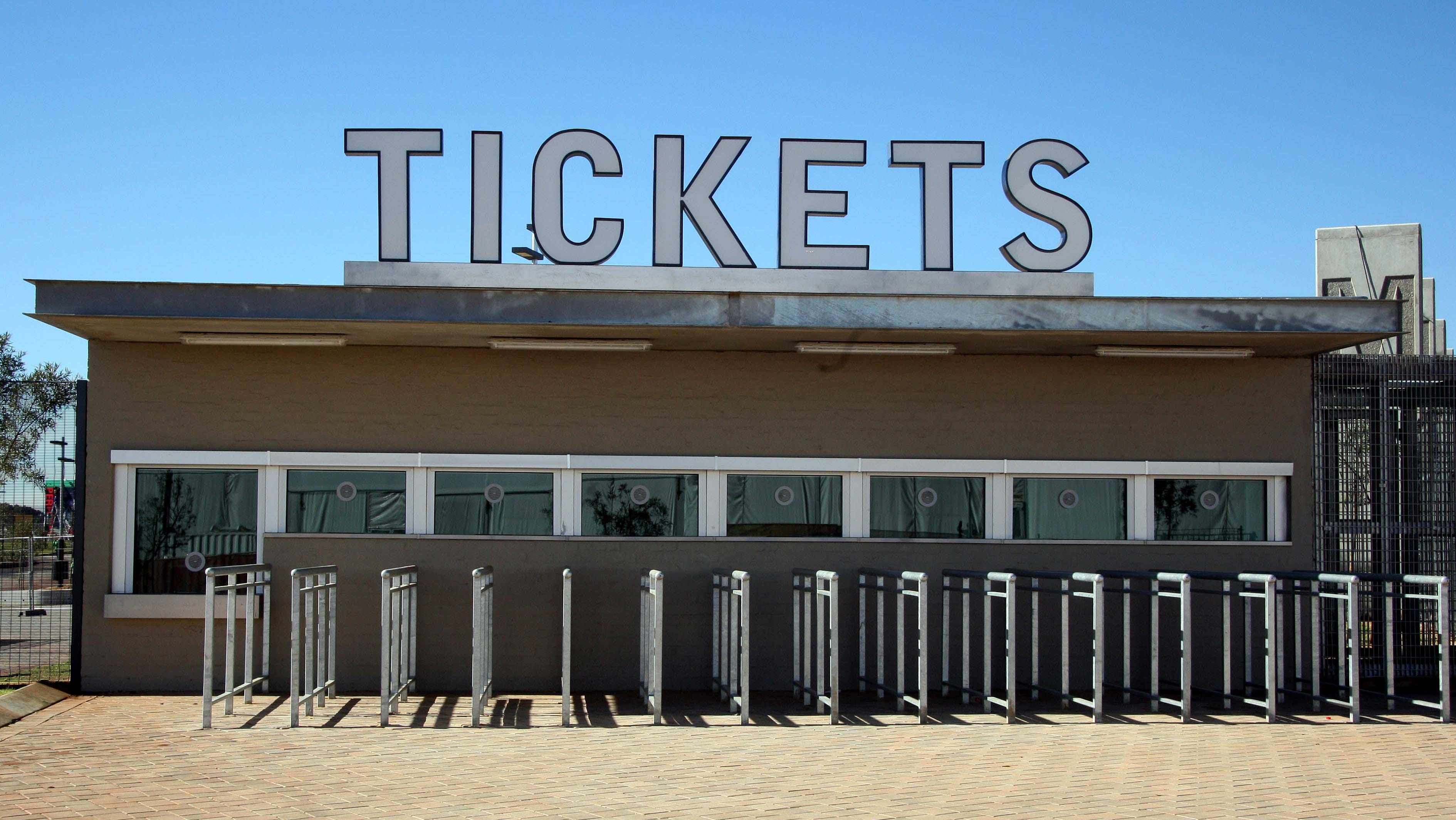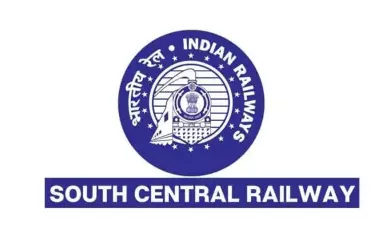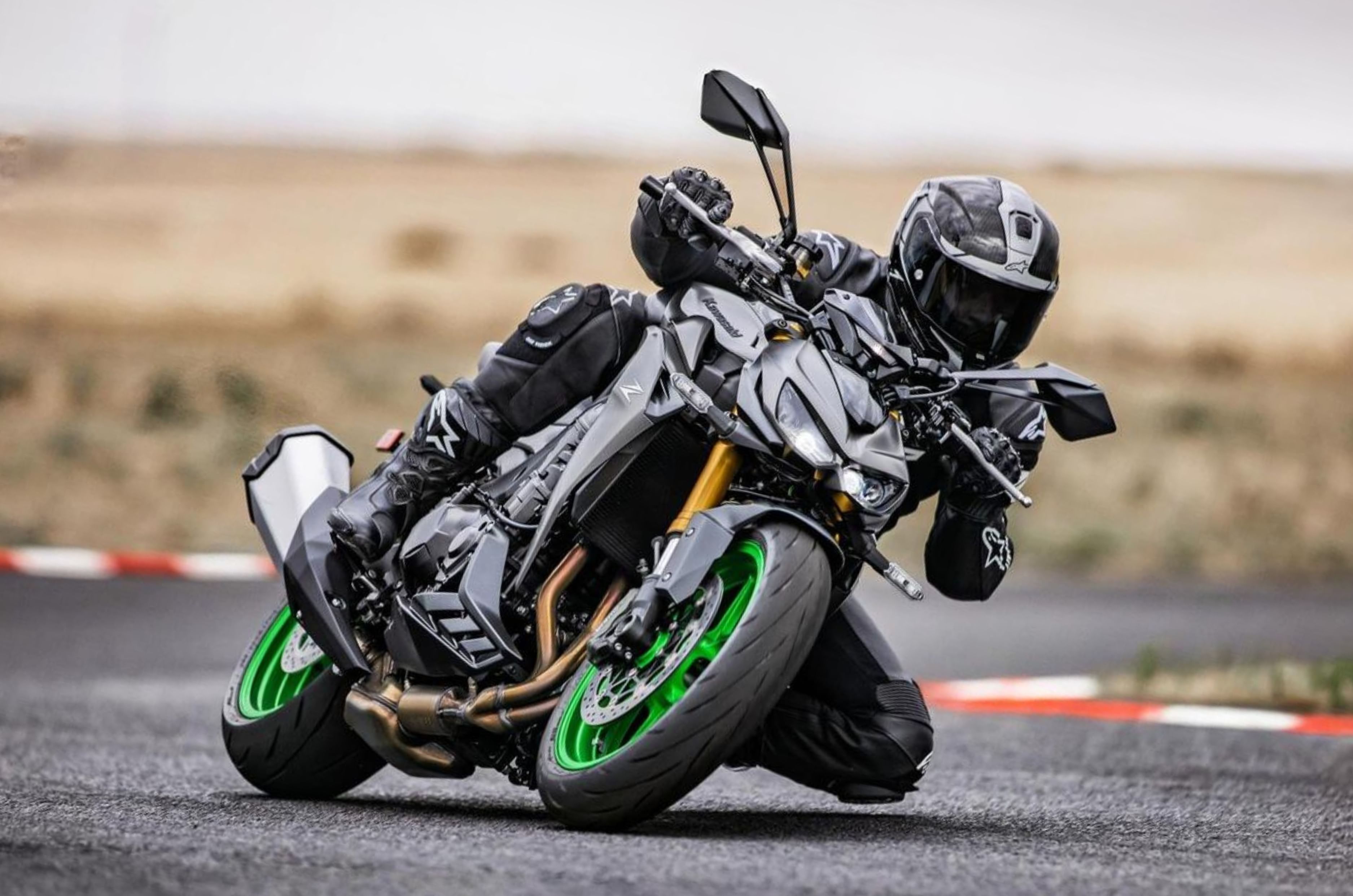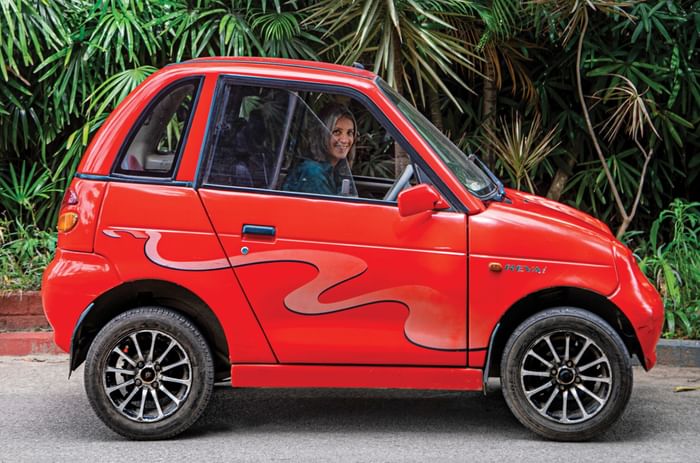The Scram 440 uses a 443cc air/oil-cooled single-cylinder engine derived from the previous 411cc motor.
Royal Enfield’s Scram 440 is essentially an evolution of the 411 that preceded it and it uses the company’s largest air/oil-cooled single-cylinder engine in the current lineup. We’ve been able to spend some extensive seat time with the Scram 400 and here’s how much fuel economy it returned in our standard tests.
Royal Enfield Scram 440 real-world fuel efficiency
Scram returned 27.26kpl in the city, 41.8kpl on the highway
As is our practice, we first ran the Scram 440 on the highway for a little over 50km, after which it needed 1.33 litres of petrol to brim the tank again. Thereby, we achieved a fuel efficiency figure of 41.8kpl – pretty respectable for an engine of this size.
After this, we ran the bike for close to 50km inside the traffic-riddled streets of South Mumbai, which necessitated an additional 1.75 litres of petrol to brim the Scram’s fuel tank. Thus, we arrived at the 27.26kpl economy figure.
Royal Enfield Scram 440 fuel economy analysis
It comes with a 6-speed gearbox, 1 extra gear than the 411
Unlike the new Himalayan and Guerrillathe Scram 440 doesn’t come with a liquid-cooled motor. In general, air/oil-cooled engines are simpler in their architecture and less efficient than a similarly sized liquid-cooled counterpart, depending on the power output.
This behaviour is especially evident in the lower city fuel economy number of the Scram when compared to the Himalayan 450 that returned 28.2kpl inside the city in our tests. Two things that stand out are its gearing and its heavy kerb weight. First, the Scram has well-spaced out gear ratios but it doesn’t have short gearing which means you will need to rev the motor a little to make progress inside the city. Second, at 197kg, the Scram 440 is a properly heavy bike and getting going from standstill every so often – as we did inside city traffic and from signal to signal – puts added stress on the engine necessitating more fuel consumption.
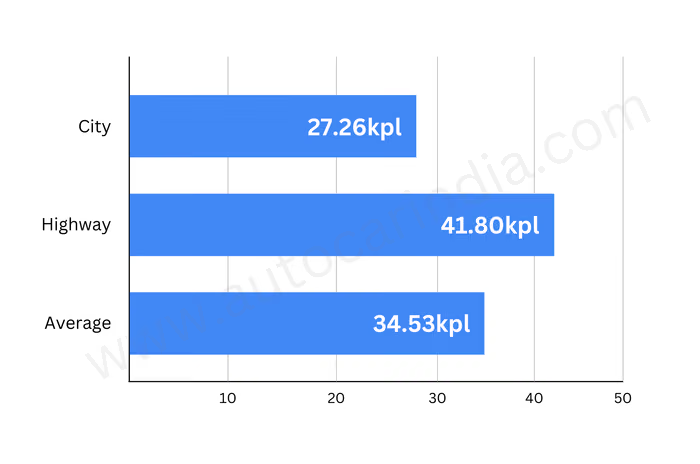
On the flip side, the Scram 440’s highway economy numbers quite pleasantly surprised us. We believe that this is primarily down to two things – the sixth gear and the engine’s torque-rich nature. The Scram 411 (and the erstwhile Himalayan 411 too) didn’t have a sixth cog in their gearboxes, which hampered their highway cruising ability. The new Scram 440 addresses that concern and in top gear it is happy to cruise sedately on the highway. At 75-80kph (the speed limit on the stretch of highway where we conduct our tests), the 443cc motor is just purring along absolutely unstressed and making an overtake is as simple as twisting the accelerator a little bit and letting the big, torquey single propel you forward.
Autocar India’s fuel-efficiency testing
Our fuel-efficiency testing routine starts by first brimming the tank and ensuring the bike is running the manufacturer’s recommended tyre pressures. The bike is then ridden on fixed city and highway routes, where we maintain average speeds that best mimic real-world scenarios as well as keeping speed limits in mind. The payload on the bikes is kept constant by balancing rider weights and ballast, ensuring consistency across different vehicles and riders. At the end of the test cycle, the fuel tank is once again filled to the brim, giving us an accurate figure of how much fuel has been consumed against the trip meter reading.
Also See: Royal Enfield Hunter 350 fuel economy tested, explained




